Many towns across the country have designated local historic districts within their town. But what does that mean, exactly? Most of us realize it’s a collection of old homes grouped on a single street or within a couple of blocks in a neighborhood. We assume the homeowners have to get permission to paint their house a certain color or to put on an addition. Or maybe we just think it’s a nice label to make an area seem special.
In West Hartford, we have three local historic districts and eight individually designated local historic properties. I recently captured some of the beautiful homes and buildings in the Buena Vista Historic District and thought it would be helpful to give some insight into what local historic districts are all about.

The first thing to realize is that a local historic district is a legal designation created to identify, protect and enhance our town’s historic resources. It is the strongest tool a town has to ensure historic preservation. A local historic district is established by a town under Connecticut General Statute 7-147a-y.
I won’t bore you with every step that needs to be taken to establish a local historic district but suffice to say, it’s kind of a big deal and not an easy thing to accomplish. It takes research, organization, likely some funding and a lot of time. Most importantly, it happens because the homeowners living in the district decide by majority vote whether or not they want the designation.

All local historic districts are governed by a Historic Commission, a legal body with members appointed by Town Council. Anyone may apply to become a member of the Commission (as is true of many local government committees). While relevant experience is certainly valued (think architect, historian, attorney) it isn’t a prerequisite to being appointed.
In West Hartford, there are eight Commission members, 5 regular members and 3 alternates. At least one regular member and one alternate member must own property in a local historic district. Full disclosure: I am a Commissioner on the West Hartford Historic District Commission as an alternate member.

So what does the Historic Commission do relative to our local historic districts? The core responsibility of the Commission is to ensure that the historic character of the neighborhood is maintained and that the public view of the properties in the district is continuously maintained or improved.
As I have learned in my participation on the Commission over the last year, this process isn’t willy-nilly. The members of the Commission follow a well-established set of guidelines and a specific process based on relevant law. Decisions are made based on adherence to the guidelines, not opinion.

In order to make a change to the exterior of their home, property owners in the local historic district must adhere to the guidelines and rules of law as well by submitting an application called a Certificate of Appropriateness (or COA) for the Commission’s review. The COA describes the work to be done and includes drawings, materials to be used, etc. as applicable.
The COA is submitted before work is begun, and before a building permit is obtained (if applicable). Once a COA is received by the Commission, a public hearing is scheduled and properly noticed so that the public can attend if they would like. The Commission generally meets monthly so the homeowner doesn’t have to wait long for a decision.

While many exterior changes do require a COA, it may come as a surprise to you that paint color does not. The Commission is primarily concerned with permanent changes to the exterior of the home, so a homeowner can do whatever they like with paint color. All landscaping and interior changes are excluded as well.
While certainly not an exhaustive list, the most common requests pertain to roofing, windows, additions, doors (including garage doors), gutters, fences and driveways. In general, to maintain the appearance of the historic district, materials used should be consistent with materials used on the home originally.

What happens if the Commission doesn’t approve a COA? A homeowner can submit a new COA with changes which will hopefully be approved, or the homeowner can appeal the decision through Superior Court.
If a homeowner completes work without a COA, or moves forward with work even though the Commission didn’t grant approval then in theory the Commission could ask that the work be corrected or that fines be assessed. Neither of these options is desirable and hopefully the homeowner and Commission can work together to resolve.

So with all this regulation why would a homeowner want to live in a local historic district? Who wants to ask permission to make changes to a property that they own? While design regulation may be in the “con” column for some, for many it’s in the “pro” column.
Design regulations ensure that the property values of the entire neighborhood remain stable, and in fact studies have shown that property values in local historic districts are higher on average than homes outside the historic district. Also, if you love the character of a historic neighborhood, living in a local historic district helps to ensure against a neighbor demolishing their home, covering wood clapboard with vinyl siding or adding a massive addition out of scale with the neighborhood.
Without protection, these types of changes deteriorate the fabric of a historic area over time until little of significance remains.

Homeowners can also take advantage of historic tax credits. While laws do change, current Connecticut law allows for up to a 30% credit on expenditures of $15,000 or more on eligible properties. If a home is in a local historic district, it is automatically on the State Register of Historic Places and therefore automatically eligible for the tax credit.
Interestingly, even though interior changes aren’t governed by the Historic Commission, a homeowner can receive a historic tax credit for both exterior and interior changes, as well as changes to a home’s mechanical systems. The application for the credit takes some time but it’s worth the effort!
For other benefits of local historic districts, check out this post from the National Trust for Historic Preservation.

It all seems pretty straightforward, right? Well, like anything laws and adopted design guidelines don’t cover every possible scenario and at times disagreements between the Commission and property owners can occur.
Also, while local historic districts come into existence based on majority vote, there may be property owners that were in the minority but are still required to follow the guidelines. Or ownership changes hands and the new owners aren’t fully aware of their responsibilities when purchasing the home.

Creating a local historic district is something that residents and towns do for what I like to think of as the greater good. Homeowners give up some of their rights for the opportunity to live in a unique place and be stewards of historic resources that we all hope will remain for many years into the future.
In my mind, it’s not much different from moving into a district that is zoned residential vs. commercial, or purchasing a home that requires extra flood insurance. Sometimes the places we choose to live come with restrictions that we readily accept to get the other benefits that come with living in the area.

I’m grateful to the homeowners that choose to take on living in a historic property. Although the benefits are many, homeowners take on more challenging and expensive repairs and maintenance than most of us and they do face limitations in what they can do with their property.
The next time you meet someone who lives in a local historic district, thank them! What they have chosen is a unique and important form of public service. From a Commissioner’s perspective, we are here to make their lives as easy as possible while staying true to the historic preservation guidelines established by law.
To learn more about living in West Hartford’s local historic districts, refer to the handbook available on the Town’s website. This blog post is general in nature and is not a replacement for original laws and guidelines.
To learn more about local historic districts in general, refer to this excellent resource published by the Connecticut Trust for Historic Preservation.
For more West Hartford historic homes, see my earlier post about the West Hill Drive Historic District.[x_author title=”About the Author”]

My name is Deb Cohen, and I am a lifelong resident of Connecticut, a lover of all things historic and New England, and a realtor who helps buyers and sellers achieve their real estate goals and dreams. When I’m not working, I enjoy life with my husband, our two adult children, and our two rescue pups. Renovating and decorating our historic home, dating to 1800, is another favorite pastime.

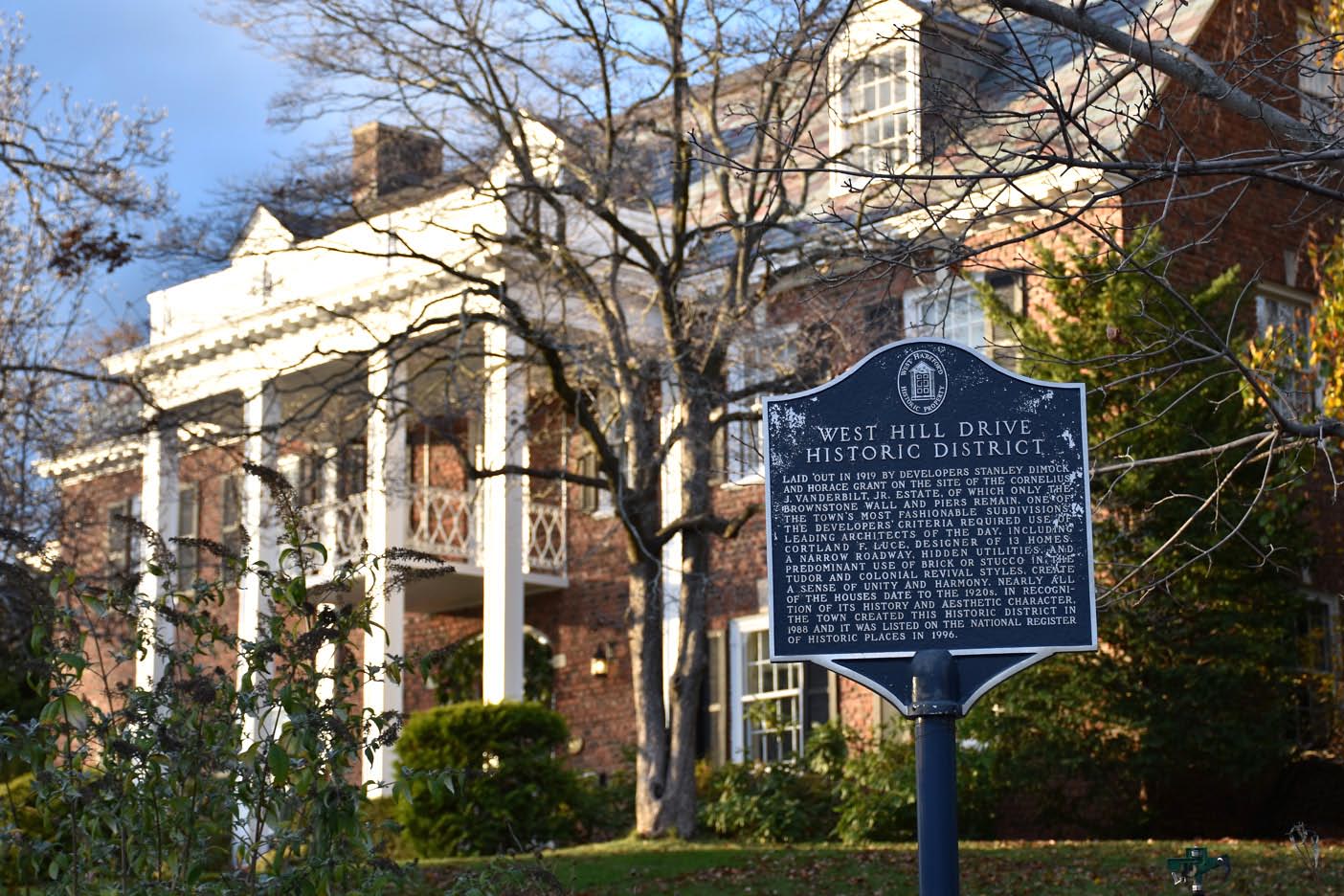
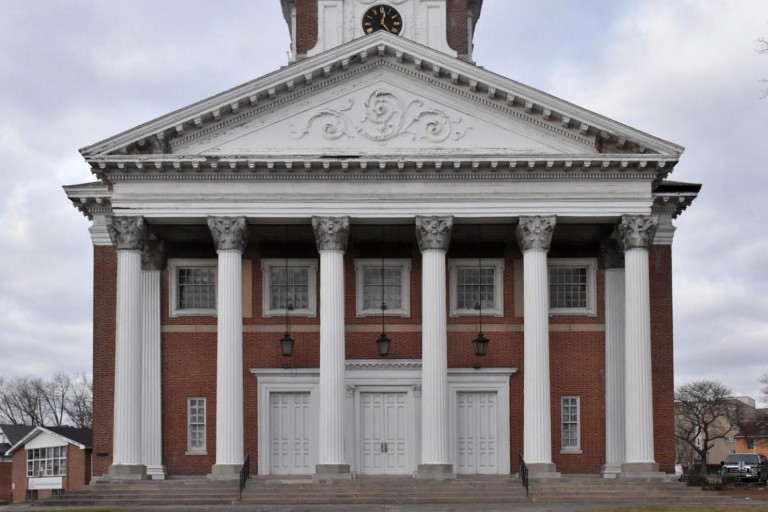

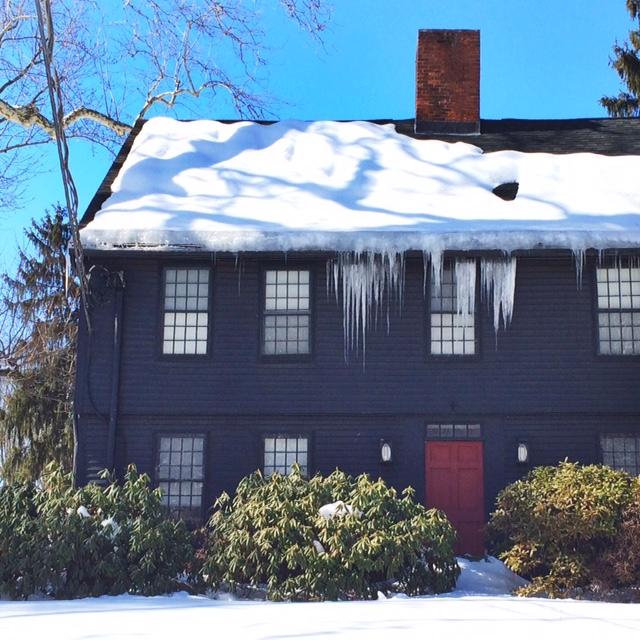
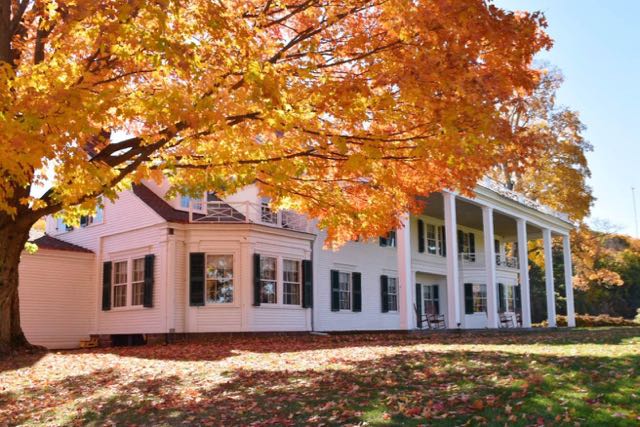
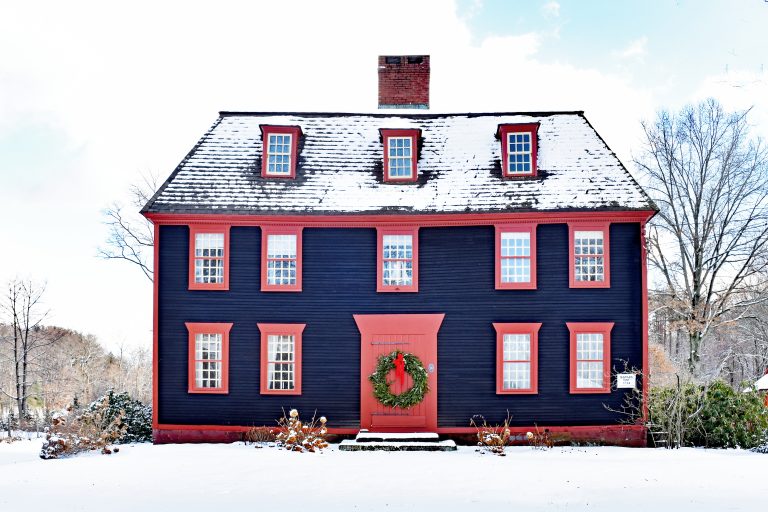



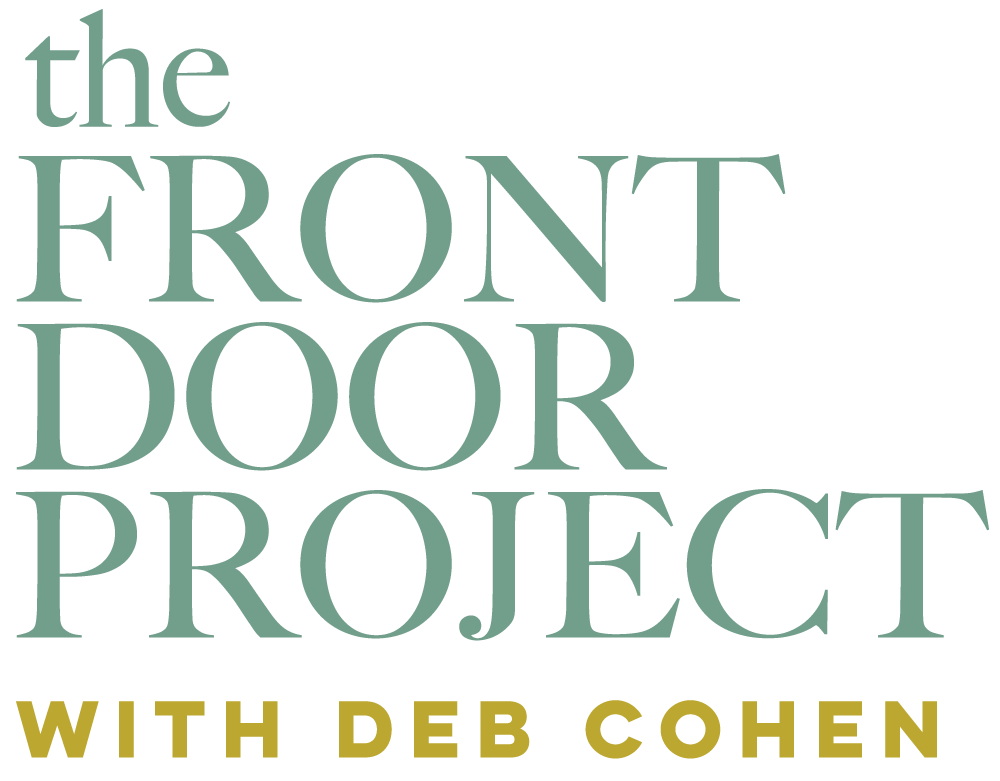
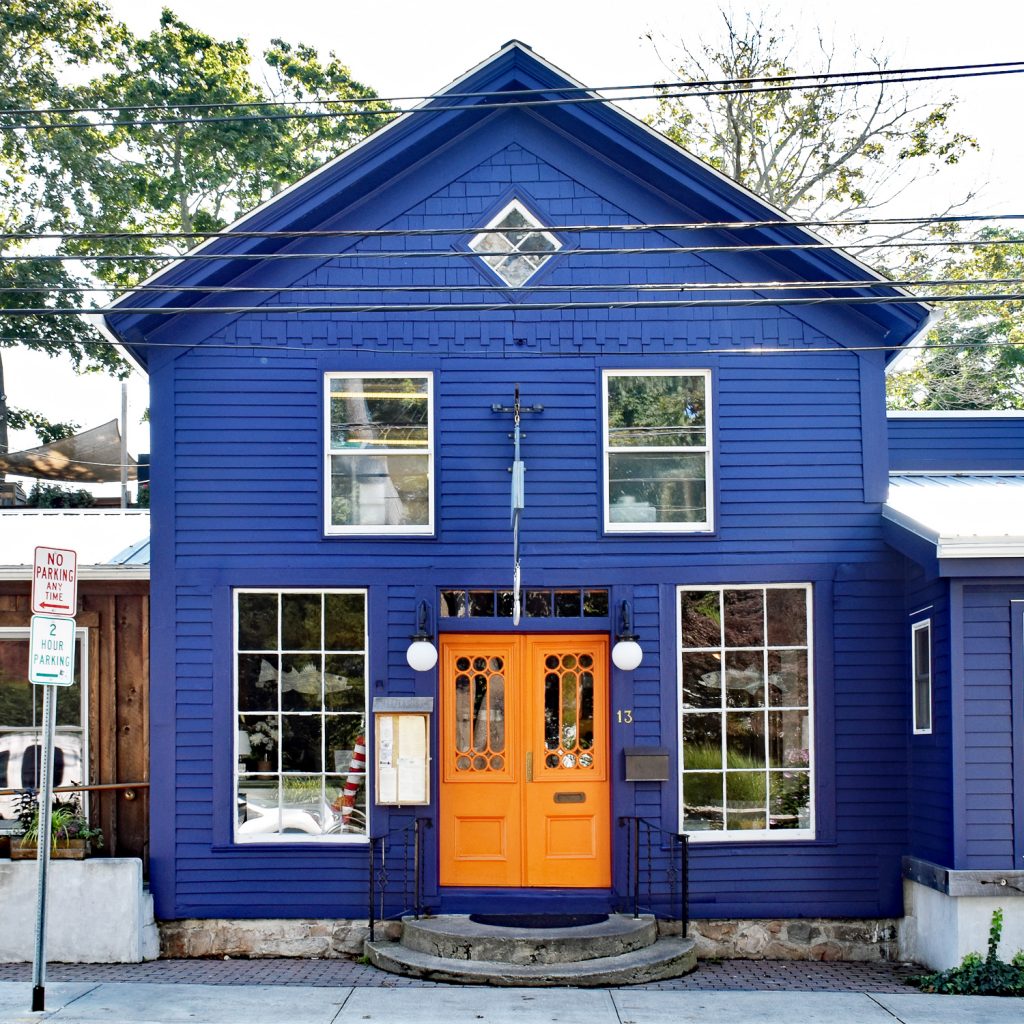
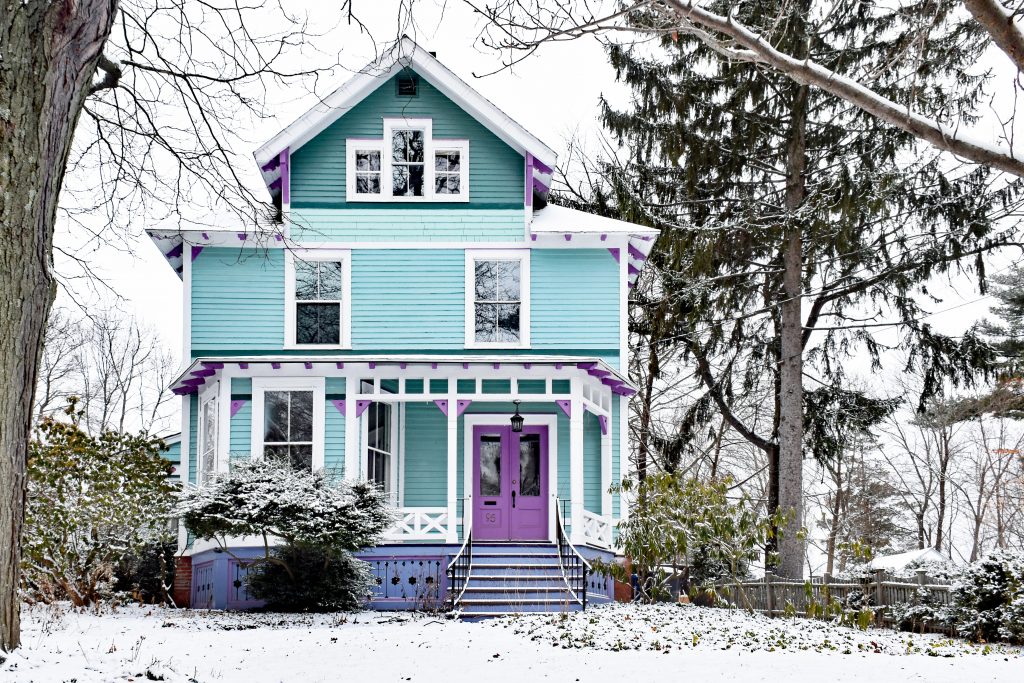
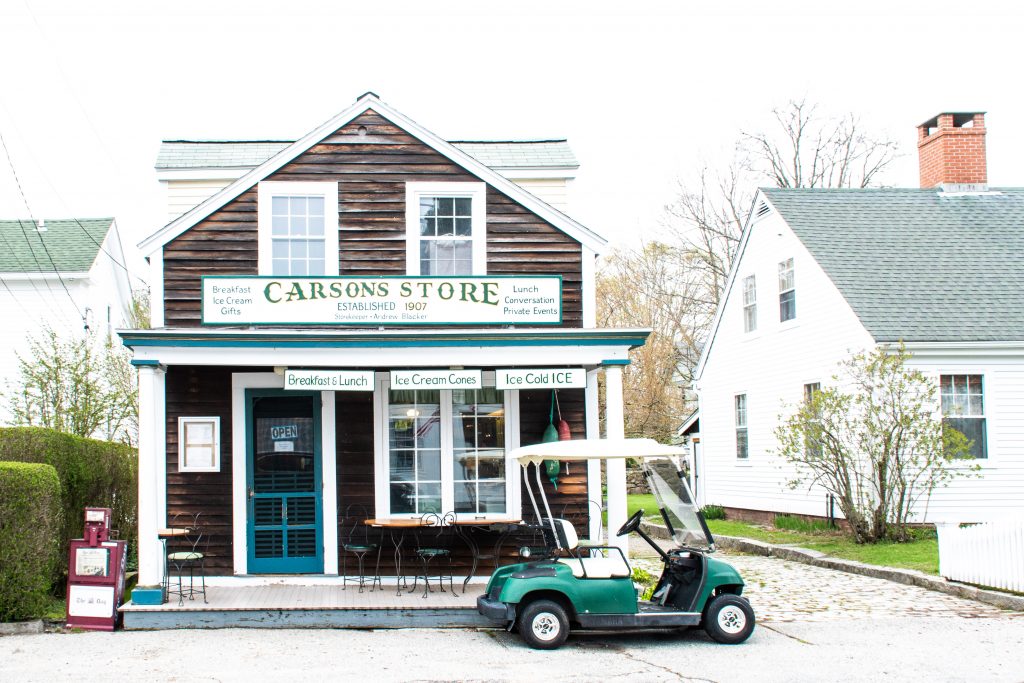
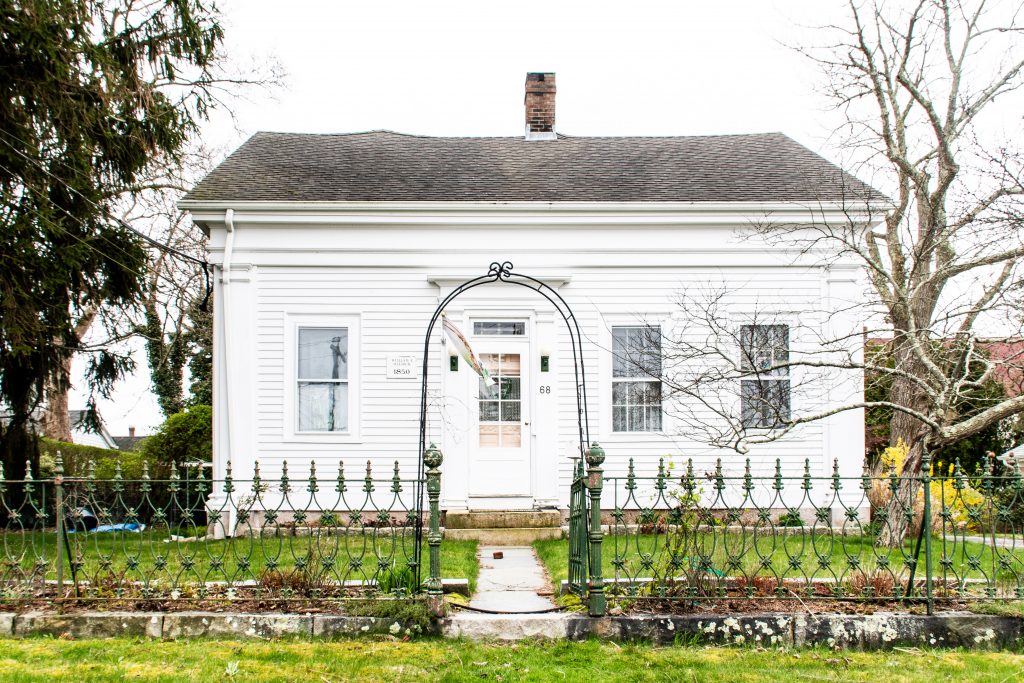
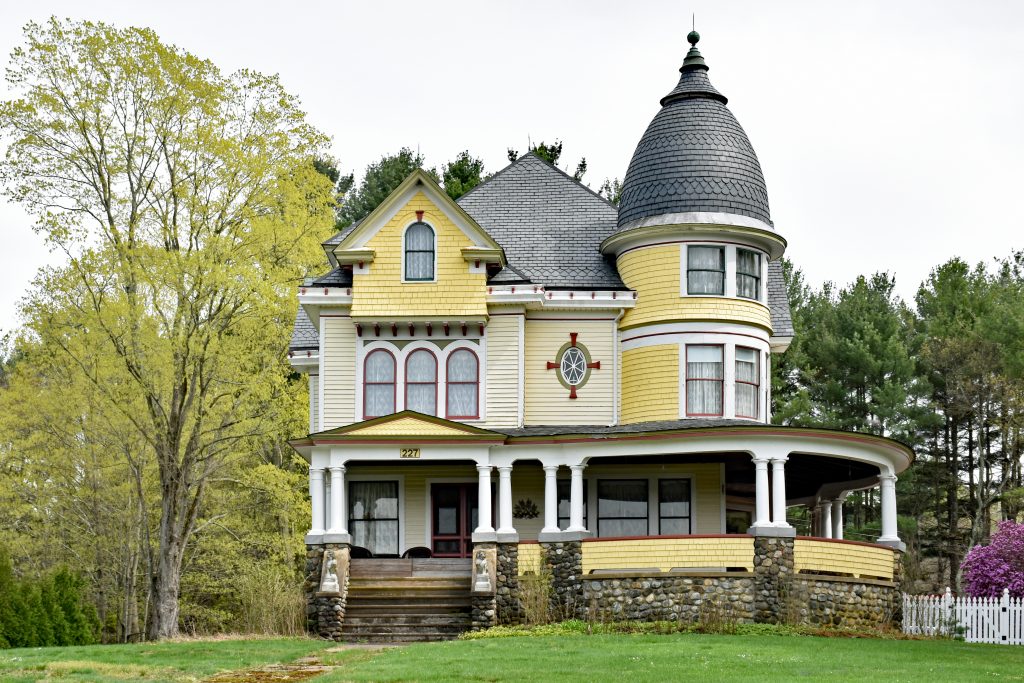
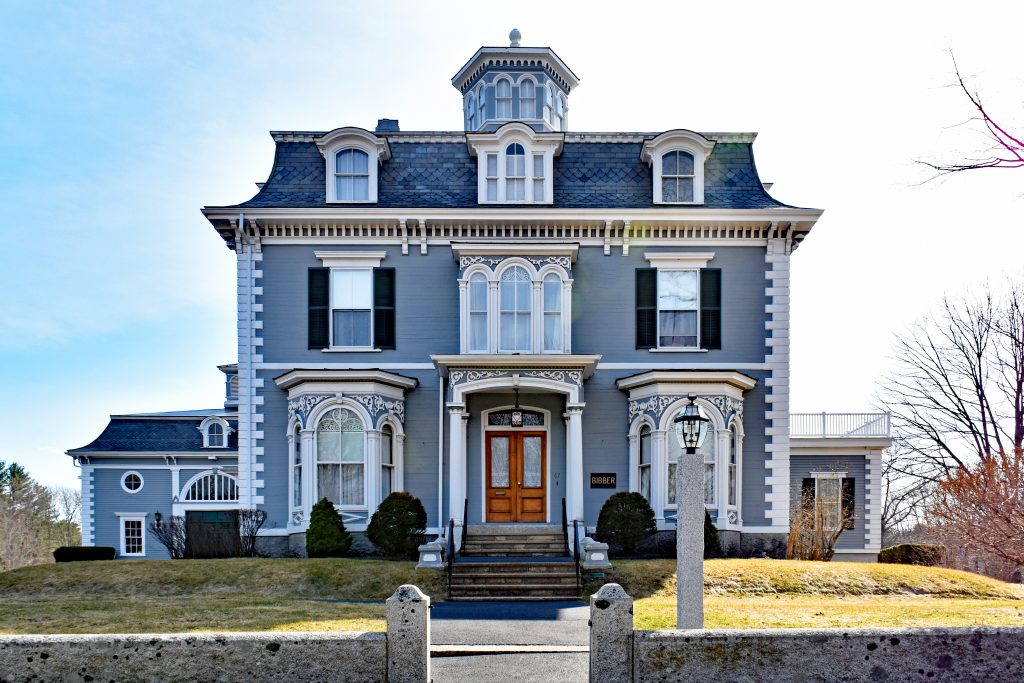
You had me at the pics:). The biggest benefit–soaking in all that beauty and character! Lucky you.
We have tons of such districts in Memphis and they do add to the city!
Hi!
I’ve changed the URL of my blog so if you still want to receive my post notifications please press the follow button here: http://www.fromdreamtoplan.net/ 😉 (the old one will be closed soon!)
Great info Deb! I absolutely love historic districts and the greater Hartford area has some good ones.
Thanks so much Bonnie! You are so right!
How nice! Covered the subject well.
Thanks so much! I appreciate that!
Thanks for a very informative post on an important subject, Deb. This was interesting.
You are welcome Dan! It’s an interesting process to be part of.